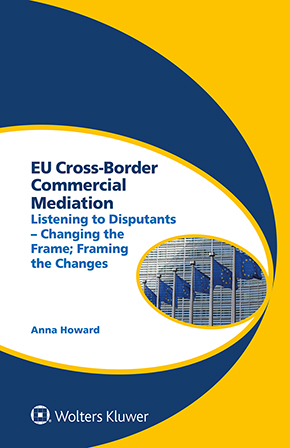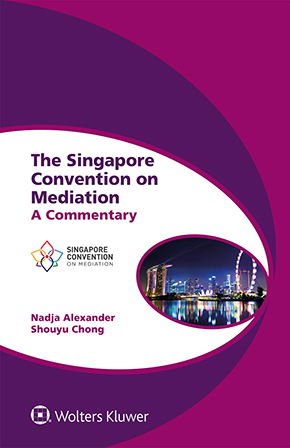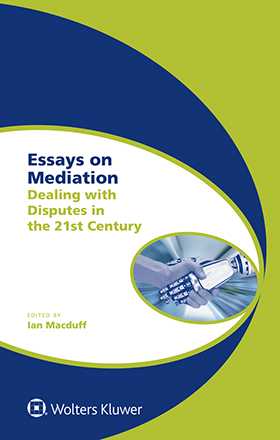It’s been a long time since I wrote a blog just about mediation practice. Other things always seem more important!
However, as I was mediating this week, a thought occurred to me about a rather imperceptible but very real change in my practice as a mediator, which I develop here, albeit in a simplified way.
When I was initially trained, I learned the classic formula for mediation: straight into a joint meeting, opening “statements”, then on to a series of private sessions (or “caucuses”, to me a rather horrible word imported from elsewhere) with the parties, with the mediator shuttling back and forth between rooms. Parties might meet again but only rarely. So much then depended on the mediator’s communication skills and how the mediator conveyed whatever information parties agreed to share.
There was a significant load on the mediator and it was heroic work in a way, leading to claims that the mediator achieved “success” by assisting parties to achieve resolution. “I settled x% this year”. All very mediator-centric and this possibly played to the pioneering spirit of so many of us who were keen to show that this new way of doing things was valuable and should be adopted more widely. And perhaps we felt that only we knew how to demonstrate the way it should work.
It also meant that the mediator could end up carrying the burden of “failure” when a mediation did not result in settlement. What did the mediator do or fail to do that led to that outcome?
I recall being sceptical when some colleague would tell of extended opening joint meetings and letting parties, clients and lawyers, continue talking about the issues even if things got a bit rough. I felt instinctively uncomfortable with that approach and could not see its value. Far better carefully to control the meetings and keep parties from further antagonising each other and risking a breakdown in the negotiations. I could not understand why some mediators followed the teaching of Gary Friedman and others who, as I understood it, championed only meeting together, without private sessions.
Well, this week, I was surprised to step back towards the end of a mediation day and appreciate that a very large part of the event had taken place in joint meetings. Rarely did I carry substantive messages or information between rooms. It seemed far better to encourage the parties, whether the lawyers and/or the clients, to do so directly by bringing them together to talk to each other. In that way, there was no risk of mixed messaging, of me confusing things, of laying the wrong emphasis on a particular piece of information, of misunderstanding a complex technical issue (about which they would always know more), of inadvertent breaches of confidentiality or indeed of slowing down the momentum by being too cautious.
It felt quite a change. I discussed it with my assistant who reminded me that I now bring years of experience and acquired intuition to what I do. That is true of course. Things which seemed clunky in the past happen more easily now. Conscious incompetence has given way to conscious competence and perhaps to unconscious competence. Perhaps. The risk with unconscious competence is of course how easily one can slip right back into unconscious incompetence. Apparent mastery becomes ineptitude, undergirded by complacency and even laziness.
My assistant reminded me of what we had actually done to set up the possibility of so much work being done jointly. There was a constructive tone throughout and everyone treated everyone else with dignity and respect. That wasn’t accidental. We had all met in advance to discuss what the dispute was all about and to make sure effective preparatory steps were put in place. Communication continued by email in the build-up, with occasional phone calls. It wasn’t all plain sailing however and apparently vital documents were still not available before the mediation day.
I had met privately with each team at the start of the day, always much more instructive than one expects in that, whatever has been set out in summaries and other papers in advance, the oral communication conveys more depth and nuance than had come across in writing. I had been able to pass on encouraging messages about intent and commitment in these early meetings. I find that early engagement of the key decision-makers, often meeting privately with me without lawyers present (always having discussed this with the lawyers of course) helps to build a constructive platform. It is, after all, their day.
Then each party had laid out its present thinking (not a mere repetition of summaries: I eschew the adversarial expression “position papers”) but with a break after each had spoken to give the other party time to reflect, digest and absorb before framing their own articulation of how they see things (not a rebuttal or denial, I like to say). The breaks for consideration, which I often think might seem unnecessary, invariably and perhaps inevitably take longer than expected as people begin to see a different picture emerging from the preconceived ideas they may have (these days, I nearly always say a little about confirmation bias, reactive devaluation and other cognitive “traps”).
And in those breaks, I join parties at some stage, make a few observations about what might be helpful, with a few gentle coaching suggestions, and those involved are usually keen to run their thinking past me. In these ways, the risks of inflammation when parties meet is reduced significantly. I feel under less pressure and so my own tone is more relaxed and supportive, often laced with a bit of humour and chat about topics unrelated to the dispute but, I discover in the margins, of interest to those in the room.
I try to create a situation where the parties (hopefully the principal decision-makers) meet to reach final agreement. This reaffirms their sense of agency and is particularly important if there is any form of continuing relationship.
Reflecting on all of this, the reality is that I have innovated on the classic format with which I and many others were trained. But I suspect that few of us do things that way now anyway. There is still plenty of time spent in private rooms as parties chat about what to do next and how to do it. However, they spend more time together (in various combinations) and my role is even more that of choreographer rather than shuttle diplomat. I must say I enjoy that more and have a real sense of extending greater autonomy to the parties which, for me, is the primary purpose of mediation.
A caveat: each matter is different and there will still be cases where, for whatever reason, people may never meet or when the timing and frequency of such meetings, if they do occur, needs very careful thought. Horses for courses.
Finally, I’d like to dedicate this blog to my friend Stephen O’Rourke QC, a Scottish advocate and occasional mediator who was inspired by Gary Friedman and who died far too young in tragic circumstances. He and his openness to new ways of doing things will be much missed.
More from our authors:






